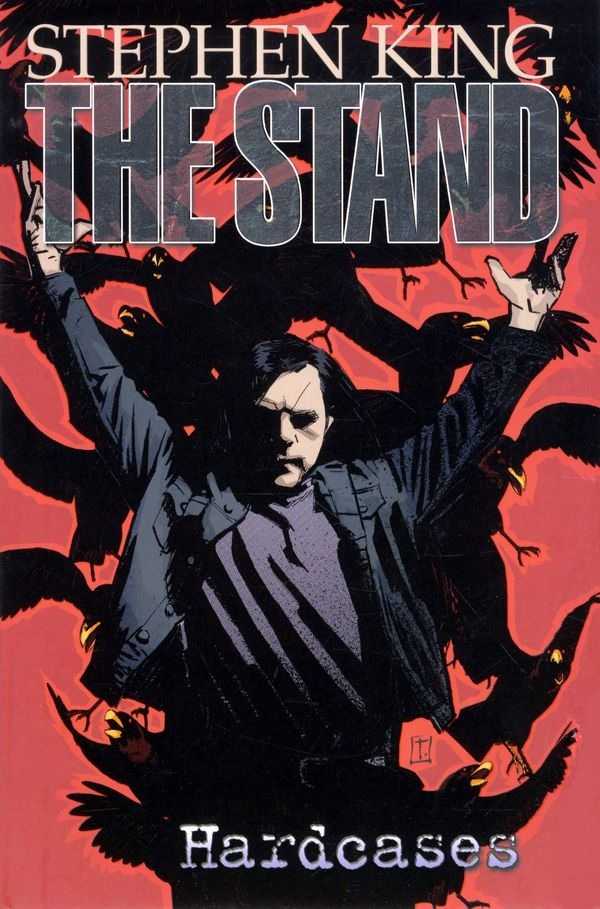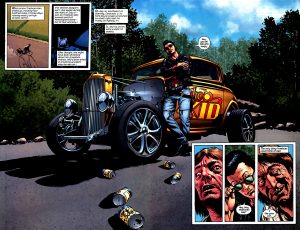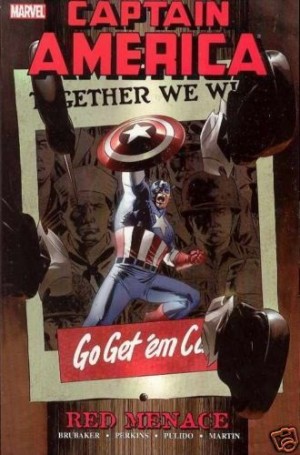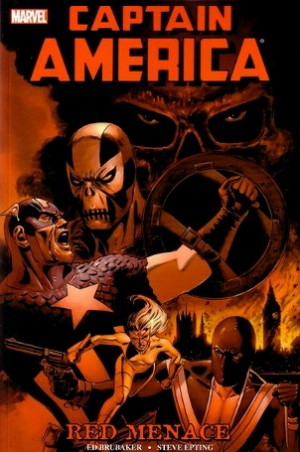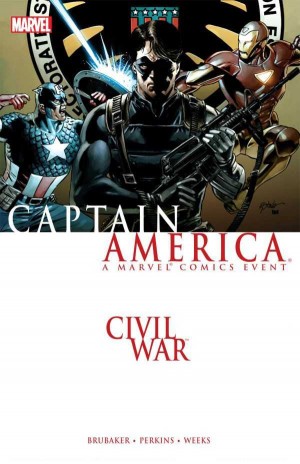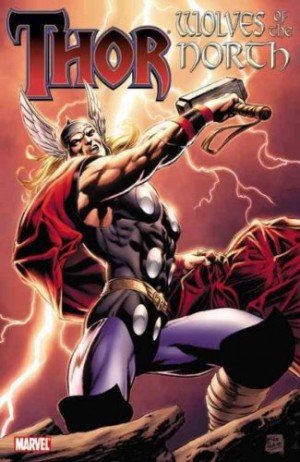Review by Ian Keogh
Since the disease that wiped out 99% of the American population there’s started to be a gathering of forces. People are experiencing dreams, largely according to their primal nature, directing them either to an old African American woman in Nebraska, as seen in Soul Survivors, or to Randall Flagg. It’s Flagg that concerns Hardcases, as he reaches out toward the lost, the violent and the plain evil, gathering them in Las Vegas. Convicted killer Lloyd Henreid was Flagg’s first disciple, and he’s since attracted many more, among them the misfit Trashcan Man. He’s a polite lost soul who likes setting fires, so ill at ease in the more aggressive company he finds himself.
For some the matter of allegiance isn’t clear cut. Stephen King built his cast carefully for the original novel, and it’s within this book that adapter Robert Aguirre-Sacasa really begins to bring that out. Intuition and a form of spiritualistic belief play parts, and the readers become aware of possible vipers in the nest. Again, however, that’s not clear cut. No irrevocable decisions have been made. Even within the people we now believe to be good there are shades of grey. This chapter also addresses the reorganisation of humanity for the first time, the adoption of representatives to take decisions, rules to be followed and tasks to be undertaken, and not everything is simple. Questionable ethical decisions are taken.
The cast has now been built up well beyond the continuing half dozen or so introduced in Captain Trips, and as more of them come to have a purpose beyond being members of a group it becomes apparent how well Aguirre-Sacasa has introduced them and their backgrounds. It’s only problematical if someone picks up Hardcases and expects to understand everything in isolation. A weighty decision under discussion concerns Tom, for instance, but he’s never seen in this book,
With larger gatherings of ordinary people Mike Perkins now has a more difficult task ensuring the cast can be distinguished, and his original design work now pays off. We can tell Stu from Larry from Nick even when they’re not named, and it should also be pointed out how many of his cast have an earned dignity to them. While disciplining himself to the needs of the story, Perkins can occasionally include larger, more spectacular images.
Soul Survivors had a sustained mood of building toward something, and that continues here, but in smaller increments. By the end of the book everyone’s dreams have been discussed, and a course of action decided in Colorado. In other terms it could be seen as the plot taking a holding pattern, as there’s much discussion with little movement, but King and Aguirre-Sacasa have built the cast well, and we’ve come to care for many of them, bestowing a value on their interactions. The next instalment is No Man’s Land, although all six volumes completing the adaptation can also be bought in Omnibus form.
Several characters undertake considerable journeys during The Stand, and among the bonus features in the back of the book are maps detailing the literal ones of Stu Redman, Trashcan Man and Larry Underwood. There’s also examples of Aguirre-Sacasa’s original scripts, and reference photos of Boulder in Colorado by Perkins among other process art.
